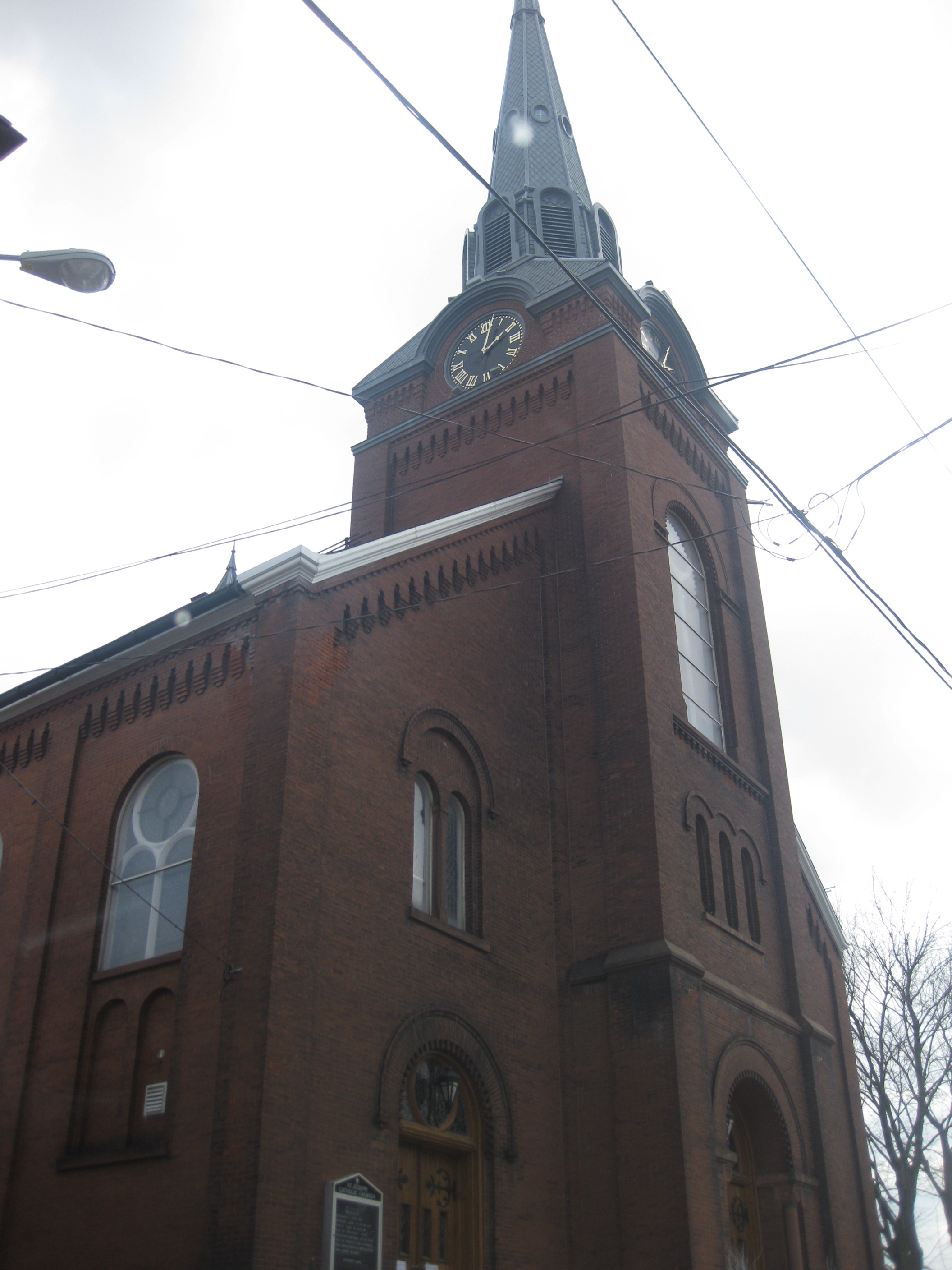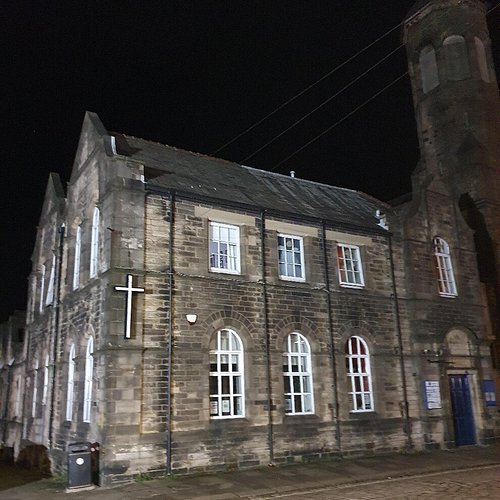Experience Sacred Areas: Churches in Lancaster Ohio
Experience Sacred Areas: Churches in Lancaster Ohio
Blog Article
Uncover the Rich Background and Tranquility of Churches in Lancaster Ohio
Nestled within the peaceful landscapes of Lancaster, Ohio, lies a tapestry of churches that not only offer as areas of worship however additionally stand as silent witnesses to the rich background and architectural marvels of the region. As we discover the midsts of Lancaster's church history, we discover tales of strength, confidence, and the enduring tradition that proceeds to shape the present-day landscape.
Historical Development of Lancaster Churches
Advanced from humble beginnings, the churches in Lancaster, Ohio have a rich historic evolution that shows the neighborhood's solid spiritual heritage. The very early churches in Lancaster were simple structures, often wooden structures where settlers gathered to worship and build their community. As the town grew, so did the churches, with lots of members increasing and creating more elaborate buildings to fit their members.
Throughout the years, the churches in Lancaster have played a substantial function in shaping the town's social and social landscape. They have been centers of not just prayer yet additionally community gatherings, education and learning, and support throughout times of difficulty. Much of the churches in Lancaster have represented generations, observing the community's development from a small settlement to a thriving area.

Architectural Marvels in Lancaster Ohio
A number of striking building marvels poise the landscape of Lancaster, Ohio, showcasing detailed designs and historic value. One such marvel is the Georgian-style Fairfield Court, created in 1871. Its remarkable white exterior, grand columns, and clock tower make it a prominent landmark in the city. The Sherman Residence Gallery, a Victorian estate constructed in 1823, is an additional building treasure. With its ornate detailing, wrap-around porch, and historical displays, it supplies site visitors a look right into Lancaster's past - churches in lancaster ohio.
The Decorative Arts Facility of Ohio, housed in a recovered 1835 Greek Resurgence mansion, is a masterpiece of building preservation. Its sophisticated balance, tall columns, and complex moldings exhibit the craftsmanship of the period. Furthermore, the Martens Building, a historic business framework dating back to 1871, boasts a mix of Italianate and Victorian building styles, adding to the city's building diversity.
These building marvels not just have a peek at these guys improve the aesthetic charm of Lancaster yet likewise work as useful links to its abundant history and cultural heritage.
Spiritual Calmness Among Lancaster's Churches
Amidst the architectural wonders that grace Lancaster, Ohio, the churches in the city supply a calm spiritual haven for residents and visitors alike. These spiritual locations of worship not just stand as icons of belief yet likewise function as sanctuaries of peace in the bustling city. Tipping right into the churches in Lancaster, such as the historic St. Mary of the Presumption Church or the stylish Initial United Methodist Church, site visitors are enveloped in a feeling of tranquility and contemplation.
The spiritual tranquility found within Lancaster's churches offers a minute of respite from the demands of day-to-day life, welcoming individuals to show, practice meditation, and locate solace in their faith. churches in lancaster ohio. Whether one seeks a quiet location for individual petition or a community to share in praise, the churches in Lancaster provide to he said a varied series of spiritual requirements
In a world full of noise and interruptions, the churches in Lancaster, Ohio, stand as beacons of tranquility and representation, using an area where individuals can connect with their psyches and discover spiritual renewal.
Community Impact of Lancaster Churches
Lancaster churches play a pivotal duty in shaping and improving the regional community through their various outreach programs and services. These churches function as pillars of assistance, supplying help to those in requirement and promoting a sense of belonging amongst citizens - churches in lancaster ohio. With campaigns such as food drives, clothes donations, and sanctuary arrangements, Lancaster churches actively resolve concerns of hardship and homelessness within the area
In addition, Lancaster churches regularly organize area events and gatherings that advertise unity and togetherness. These events give chances for individuals from all profession to find with each other, share experiences, and construct lasting connections. By fostering a sense of neighborhood spirit, Lancaster churches add to the overall wellness of the locals and create a helpful environment for all.
Heritage Conservation Initiatives in Lancaster
Having established themselves as important columns of the community, the churches in Lancaster, Ohio, have been proactively involved in preserving the rich heritage of the area with dedicated initiatives and initiatives. These heritage conservation undertakings are vital in keeping the historical relevance and building charm of the churches for future generations.

In addition, neighborhood outreach programs arranged by the churches play a vital function in heritage conservation. These programs not only educate the public concerning the historic value of the churches however additionally engage volunteers in preservation tasks such as historical research study, artefact conservation, and directed historic scenic tours. By including the neighborhood in these campaigns, the churches foster a sense of stewardship and cumulative duty towards protecting Lancaster's abundant heritage.
Conclusion
In final thought, the churches in Lancaster, Ohio, are not just historic spots with architectural relevance yet also work as spiritual shelters for the neighborhood. Their influence goes beyond just religious solutions, as they play a vital role in protecting the heritage and background of the location. With their rich background and serene ambience, the churches in Lancaster remain to be an important part of the neighborhood, showcasing the value of confidence and practice.
Report this page